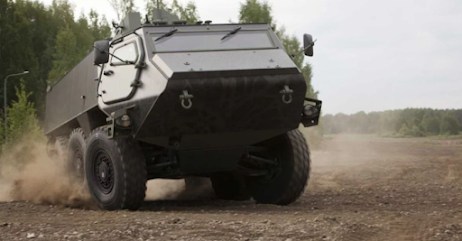Esrange is not just a base, but a European space hope
Somewhere in a remote Swedish forest, beyond the Arctic Circle, in the city of Kiruna, there is a complex on which the future of European cosmonautics depends. This is the Esrange Space Center, a low—profile but extremely important player in the global space race. This is where Europe is trying to regain the right to launch its satellites from its own land, regardless of the United States, Russia or France.
Esrange has long been more than just a testing ground for probes. It is becoming a full-fledged launch pad for orbital missions.
Why Sweden and not France or Germany?
At first glance, a strange place for a cosmodrome is snow, frost, eternal darkness in winter. But that's what makes Kiruna perfect. Firstly, there is a huge and empty area where you can safely drop rocket stages. Secondly, the high latitude makes it possible to efficiently launch satellites into polar and sun-synchronous orbits, the ones needed for Earth observation, climate, and exploration.
In addition, Sweden is a neutral country, and its infrastructure has been used by the European Space Agency (ESA) for decades.
Launches from the mainland — freedom and independence
Until now, Europe has mainly relied on the Kourou space center in French Guiana. But it's a long way off, and the logistics are complicated. And in times of crisis, such as political tensions, access may be limited.
Esrange provides an alternative. Launching missiles from the territory of Europe means being independent. There is no need to transport a satellite across the ocean, coordinate with third countries, or wait for a suitable window. It can be assembled, tested and launched — from Europe, to Europe, for Europe.
What is Esrange changing for Europe
It's not just probes and suborbital launches anymore. Esrange is ready to accept orbital rockets, including from new private companies developing mini-launch vehicles. This paves the way for fast, targeted launches of small satellites, which are critical for communications, navigation, and safety.
Europe no longer wants to be a passive spectator. She wants to be a gambler. And Esrange is her launching pad.




































.jpg)
